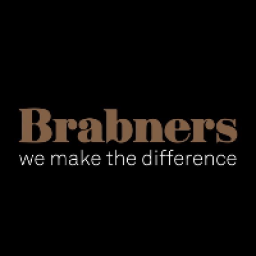Monday 16 November 2020 to Friday 20 November 2020 saw many “United Against Bullying” as part of National Anti-Bullying Week.
The Department of Education also showed its support by tweeting a video about the importance of protecting children and young people from bullying. This also coincided with coverage of an enquiry into bullying allegations against the Home Secretary Priti Patel. While the enquiry found that Ms Patel had breached the Ministerial Code, the Prime Minister Boris Johnson rejected the findings holding that the bullying was unintentional.
While bullying is not defined in law, and there is no legislation specifically outlawing bullying in the workplace, individuals should not see this as an invitation to adopt such behaviours at work; nor does it mean organisations have an excuse not to deal with such allegations seriously. Examples of bullying, as set out by ACAS, include:
- An individual spreading a false rumour about another;
- An individual putting another down in meetings;
- A manager not letting an individual go on training courses but allowing everyone else to;
- A manager giving an individual a heavier workload than everyone else;
- An individual being left out of joining social events.
If these issues do arise, employers should act in a supportive manner and carry out an effective investigation. Not only will this prevent existing issues from escalating, but it will also reassure the complainant that their concerns are being taken seriously. Otherwise, there may be the risk of a constructive unfair dismissal claim being brought against the employer on the grounds that the treatment the complainant has endured has resulted in the irretrievable breakdown of the working relationship. Such a claim could also carry reputational risk for the employer.
Where bullying is because of an individual’s protected characteristic (age, disability, gender reassignment, pregnancy and maternity, race, religion or belief, sex or sexual orientation), this may constitute harassment under the Equality Act 2010. This is when a person “engages in unwanted conduct related to a relevant protected characteristic” and that conduct has the purpose or effect of violating the victim’s dignity or “creating an intimidating, hostile, degrading, humiliating or offensive environment”. Therefore, it is possible for bullying to escalate into a real legal risk for an employer, along with the obvious employee relations and culture issues it can create.
It should be noted that the legal test does not only look at the “intention” of the harasser, but also considers the perception of the complainant. Looking at this in the context of Ms Patel then, it is perhaps understandable that the government’s response to the enquiry has drawn a lot of negative attention. Going forwards, if employers choose to adopt the stance the government have taken, arguing that there was no intention to harass, there is a risk that they will find themselves on the receiving end of a successful employment tribunal claim.
Now, more than ever, at a time when remote working is commonplace, employers may wish to remind their staff of what kinds of behaviour will and will not be acceptable and reach out to offer them support. We suggest that employers ensure:
- there is sufficient training in place so people understand what may constitute harassment/discrimination;
- they have a policy that clearly identifies that this type of behaviour is not acceptable and confirms that there will be consequences if people behave in such a manner;
- they follow through with those consequences in practice.
We have previously written about bullying, and you will find some other examples of how to deal with bullying and what you should do if an employee alleges they are being bullied in that article.
If you would like to know more about our Appropriate Workplace Behaviour training for employees please contact us here.
 Liz Henson Photography
Liz Henson Photography







